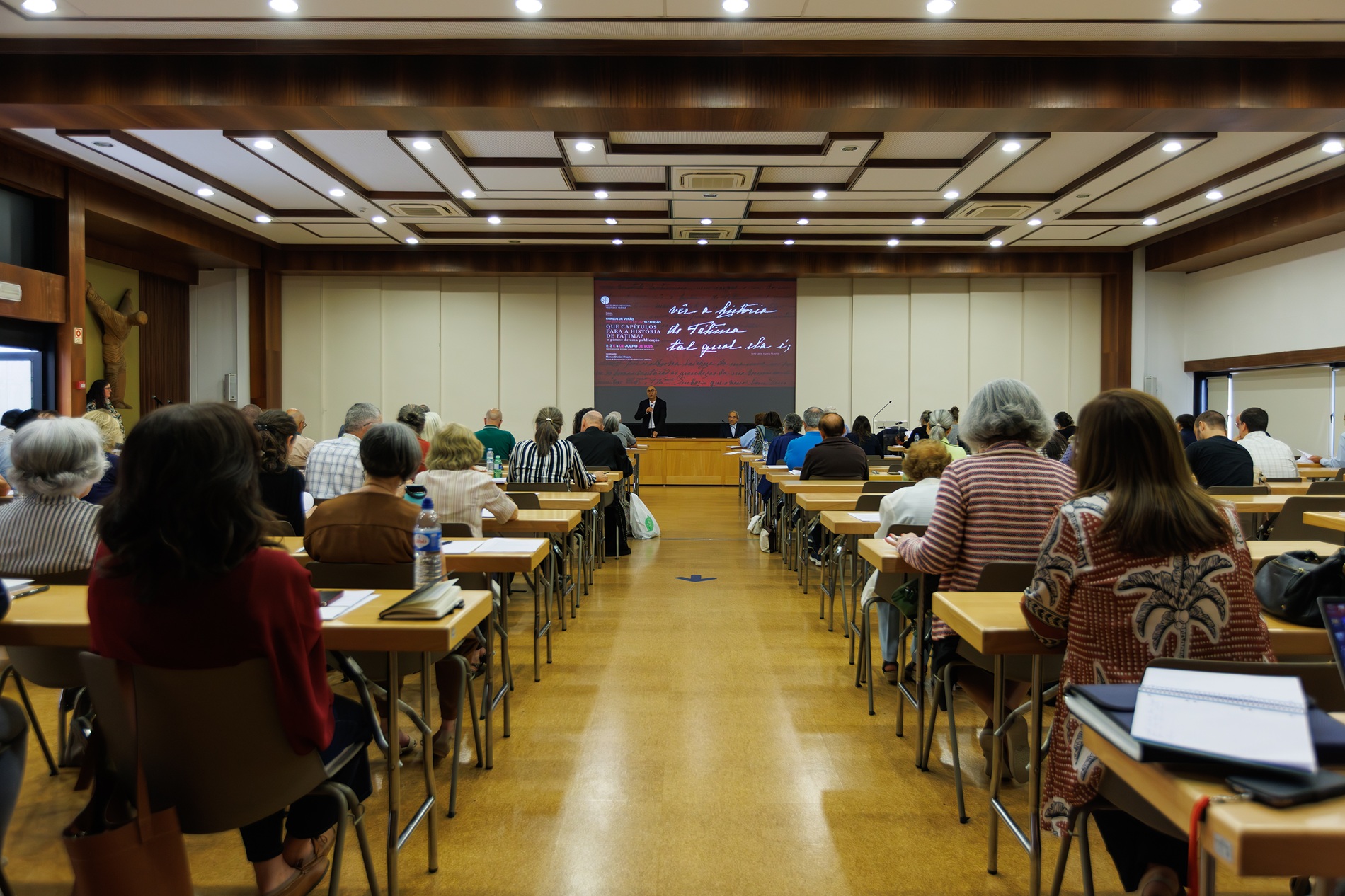15 july, 2025

“Fátima will never be exhausted in its analysis”Over the last decade, the Summer Course at the Shrine of Fátima has enabled participants to expand their understanding of the phenomenon of the apparitions. However, the story of Fátima is not over, and the theme of next year's course has already been decided.
Now that another edition of the Summer Course has ended, the 10th organised by the Department of Studies of the Shrine of Fátima, two conclusions are clear: Fátima remains a challenge to reason, and Fátima will never be exhausted in its analysis. These two perspectives were shared by Marco Daniel Duarte, coordinator of the Summer Course and director of the Department of Studies of the Shrine of Fátima, in his closing speech entitled “The Translation of a Historical Event: Listening, Narrating, Reading and Interpreting Fátima”. Despite the ongoing taboo surrounding the subject, particularly among academics, the growing recognition of the importance of studying Fátima's legacy to the history of humanity and the Church continues to grow. The subject is not limited to the narrative of the apparitions. “Fátima is also made up of the celebration, the liturgy, the drama of a place, the experience,” said Marco Daniel Duarte, even if that experience is simply walking, spending leisure time or enjoying a sacred place. He then stressed that, for the Vatican too, Fátima ceased early on to be “a national issue for the Portuguese” and became much more than that, recalling that the Cova da Iria phenomenon is the only Marian apparition to appear in the minutes of the Second Vatican Council. The history of Fátima remains to be written, but it will have to be more than just “adding up chronologies”. “It is about listening, as the authors of the enquiries did; it is also about narrating, as the first chroniclers of Fatima did; it is about reading, as those who tried to understand Fatima in context did; and it is about interpreting, as those who wanted to understand the actions of historical agents at each moment did and as we are trying to do.” “Only in this way can the history of Fátima be written, bearing in mind that it is also an interpretation of human life,” added the coordinator of the Summer Course.
The theme of this year's edition was “What chapters for the history of Fátima? The genesis of a publication”. From 2 to 4 July, more than a hundred participants attended various sessions on the Fátima phenomenon at the Pastoral Centre of Paul VI, seeking to deepen their understanding of the subject, particularly from the perspectives of history, theology, sociology and art history, disciplines that were more prominent in this year's programme. “The fact that the participants come not only from different regions of Portugal but also from other countries shows how this course deserves the attention of those who want to learn more about the phenomenon of Fátima,” explained Marco Daniel Duarte. The next course is scheduled for 1st, 2nd and 3rd July 2026. It will focus on the theme: “Fátima after October 1917: the Cordimarian cycle”, providing an opportunity to reflect on the apparitions of 1925, 1926 and 1929, which, according to Lúcia de Jesus, took place in Pontevedra and Tui. “This is a subject that is largely unknown to the general public, and even to the visitors of the Shrine of Fátima,” acknowledged Marco Daniel Duarte. The analysis will raise awareness of these apparitions, known as the Cordimarian cycle due to the prominence given to the visionary's perception of the Heart of Mary as a key symbol of the message of Fátima.
|